Coronavirus vaccine race taking two different paths
The global race to provide a vaccine for COVID-19 is inspiring sharemarkets awash with cash, but how might the Australian public benefit?
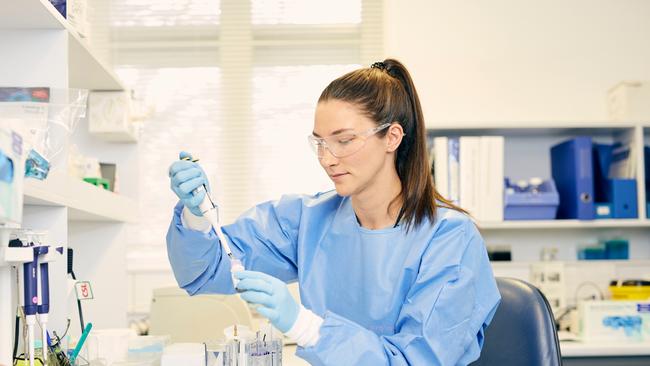
The global race to discover and test a vaccine for COVID-19 is inspiring sharemarkets that are awash with cash. And the belief that science will beat the virus overwhelms fears of a resurgence as economies are opened up.
The vaccine race reminds me of the mining lease pegging booms that also sent sharemarkets into a frenzy in decades gone by.
Currently there are about 10 vaccines in clinical trials and around 110 in preclinical evaluation. The vaccine developer that is first past the post will enjoy big rewards and there will be an opportunity for a second if it is shown to be better. But that’s it.
There will be a multitude of unhappy candidates.
Australia has the inside running in the vaccine race but is no certainty to win.
However, more importantly, the government is looking to secure CSL as a regional vaccine manufacturer working under licence to whoever successfully first develops that vaccine.
That way, Australians will not have a to join a global queue for supplies of the successful vaccine. Australia is part of a co-ordinated international effort to have the successful vaccine distributed quickly, especially to poor countries that are being devastated by COVID-19.
Meanwhile the urgency has been underlined by an outbreak connected to nightclubs in Seoul extending to an e-commerce logistics centre owned by online shopping giant Coupang in Seoul.
The fact that Coupang was at the centre of the new outbreak scared the world because online shopping has boomed in the pandemic.
South Korea, like Australia, has been a regional success story in virus containment but the Coupang outbreak triggered the biggest daily spike in 49 days, albeit only 40 cases.
There are at least two major paths in the research race. CSL is well placed to manufacture vaccines if one of the avenues is successful but less well placed if the second one wins. The leading Australian vaccine attempts can be manufactured by CSL, as can the British leader. But the leader in the US is going down a different path, which would require substantial investment and a technology diversification if CSL was to manufacture it.
In Australia CSL is linked to the development of University of Queensland’s COVID-19 vaccine, which is in early preclinical testing and is generating high levels of antibodies that can neutralise the virus.
UQ was asked by an international group, the Coalition for Epidemic Preparedness Innovation (CEPI), to use its vaccine technology to develop a coronavirus vaccine, and has collaborated with the Melbourne’s Doherty Institute to demonstrate and understand its immune response.
Apart from its links to UQ research and its manufacturing potential, CSL is involved in both the race to develop a cure for those who catch the virus and the development of a vaccine. It is donating its Seqirus adjuvant (immune response) technology to multiple entities searching for a COVID-19 vaccine.
Meanwhile, in Victoria CSL is developing a plasma product for the Australian market with the potential to treat people with serious complications of COVID-19, particularly those whose illness is progressing towards the need for ventilation.
CSL is also partnering with the US-based SAB Biotherapeutics to deliver a therapy product without the need for blood plasma donations from recovered COVID-19 patients.
SAB’s technology leverages genetically engineered cattle to produce fully human antibodies, enabling production of a targeted and higher potency neutralising antibody product.
In the UK, the government is promoting a vaccine being developed at Oxford, pumping in £65.5m ($99.4m) in fresh funding for the project. It also announced AstraZeneca would work to make up to 30 million doses of the vaccine to be available for people in the UK by September – if trials were successful. CSL could also make the British vaccine.
In the US Novavax has started the Phase 1 clinical trial for its vaccine candidate and has enrolled the trial’s first participants from Australia. And the giant Merck has also entered the race.
To some extent the above and many other vaccine attempts are going down a traditional avenue, one which would give Australia the capacity to produce the winning product under licence.
But the US-based Moderna has a totally different technology approach.
Moderna is pioneering a new class of medicines made from the so-called “body messenger” mRNA. In the human body, mRNA acts as an intermediary between the genetic information in DNA and the amino acid sequence of proteins.
Moderna’s operation is based on using mRNA as a drug to improve how a wide variety of medicines are discovered, developed and manufactured.
The Moderna slogan is “We believe mRNA is the software of life.”
Before COVID-19 became Moderna’s key focus, it was working on a number of applications for the technology.
Moderna’s early-stage phase one human trial produced COVID-19 antibodies in all 45 participants. A phase two trial has been given the go-ahead by the US Food and Drug Administration and this new arm of the trial is being established to test a higher 50-microgram dose.
Moderna is the global leader in developing mRNA-based medicines. If it is successful in COVID-19 we are looking at the potential start of a new medical revolution.


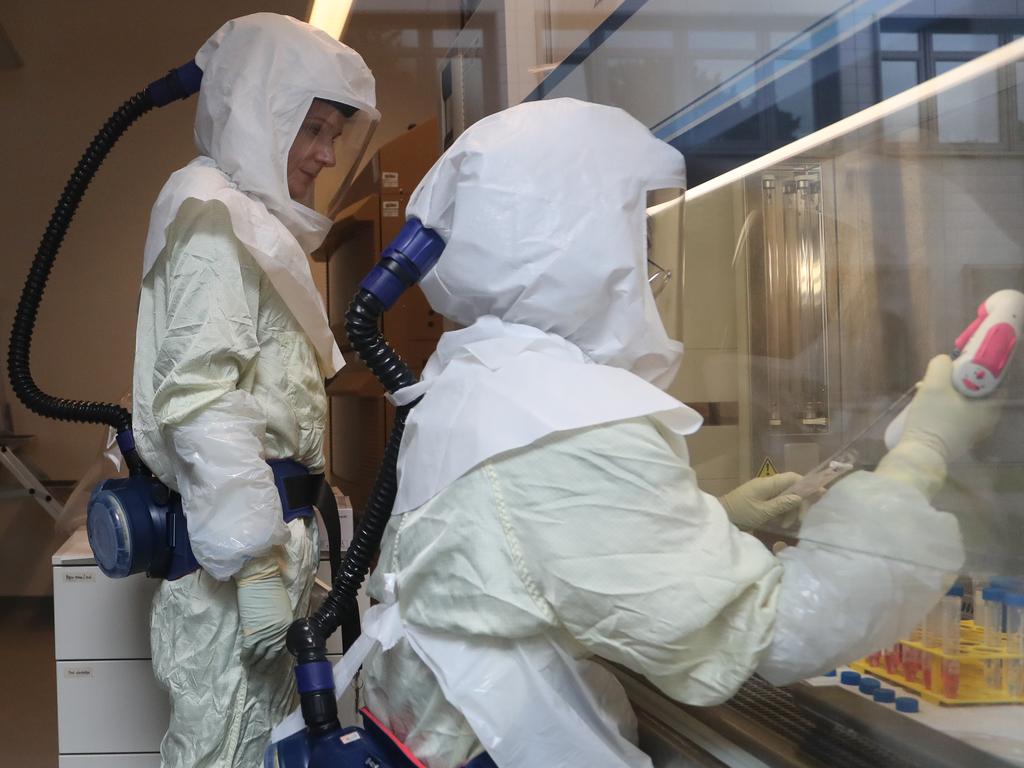
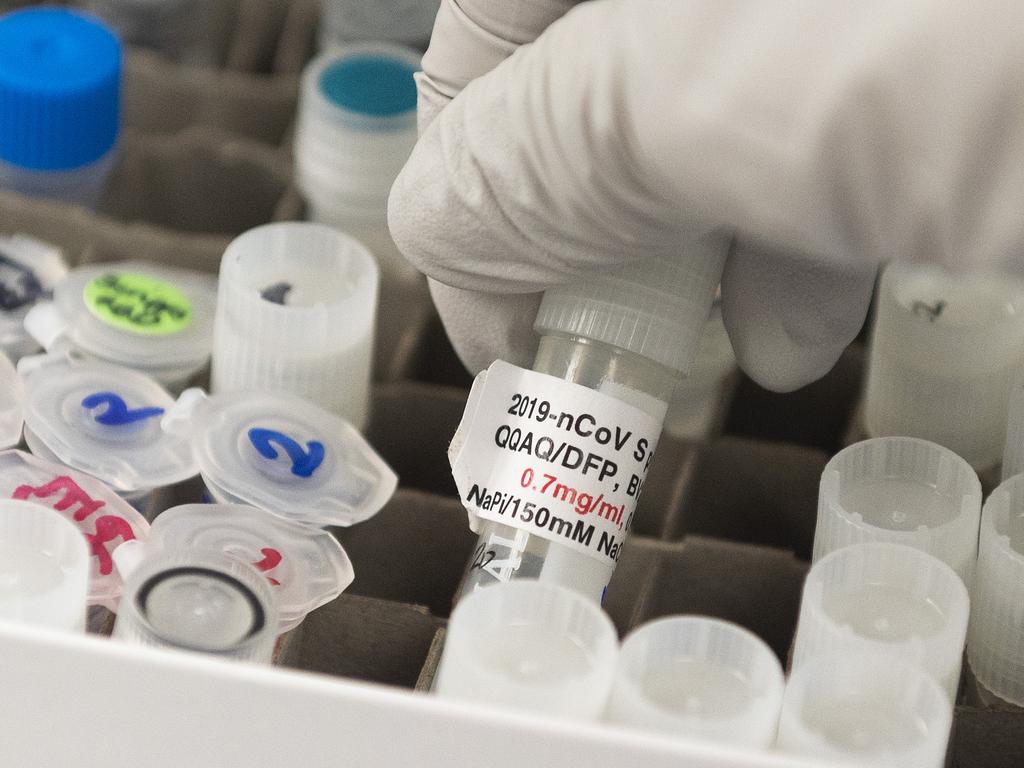
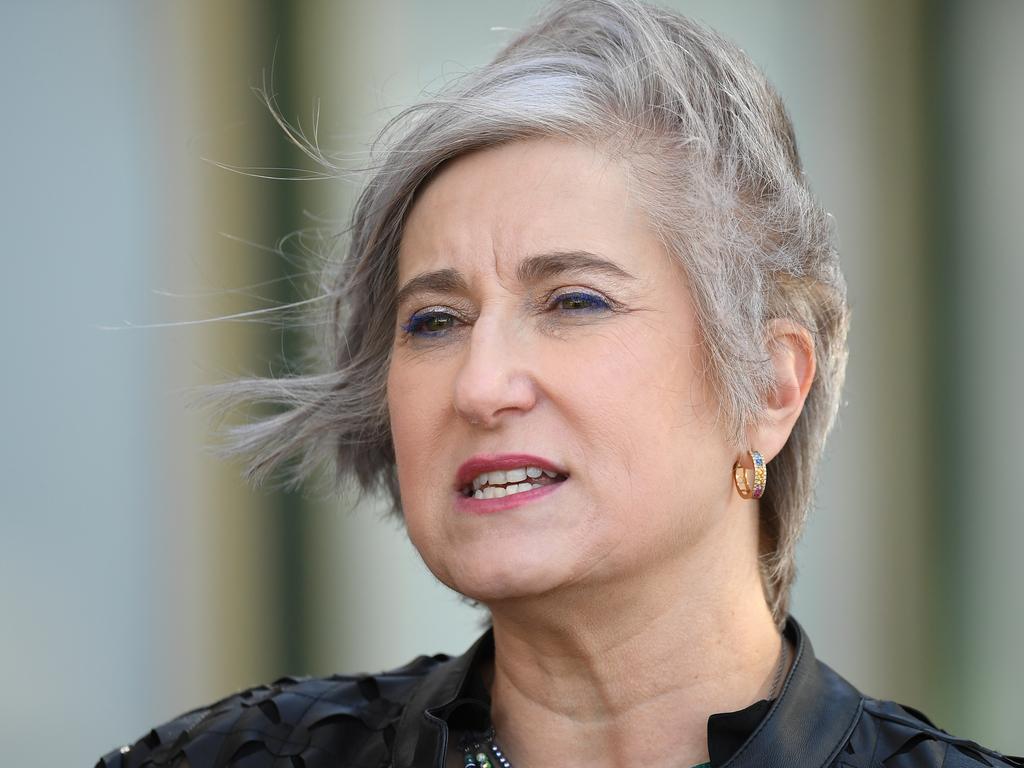
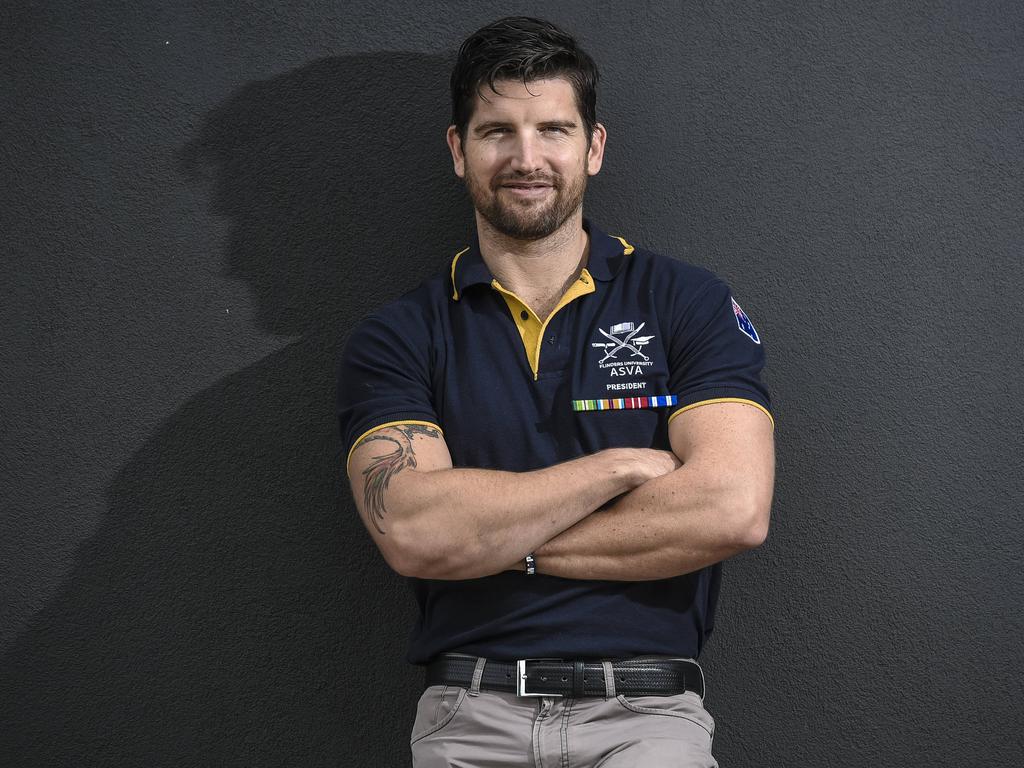
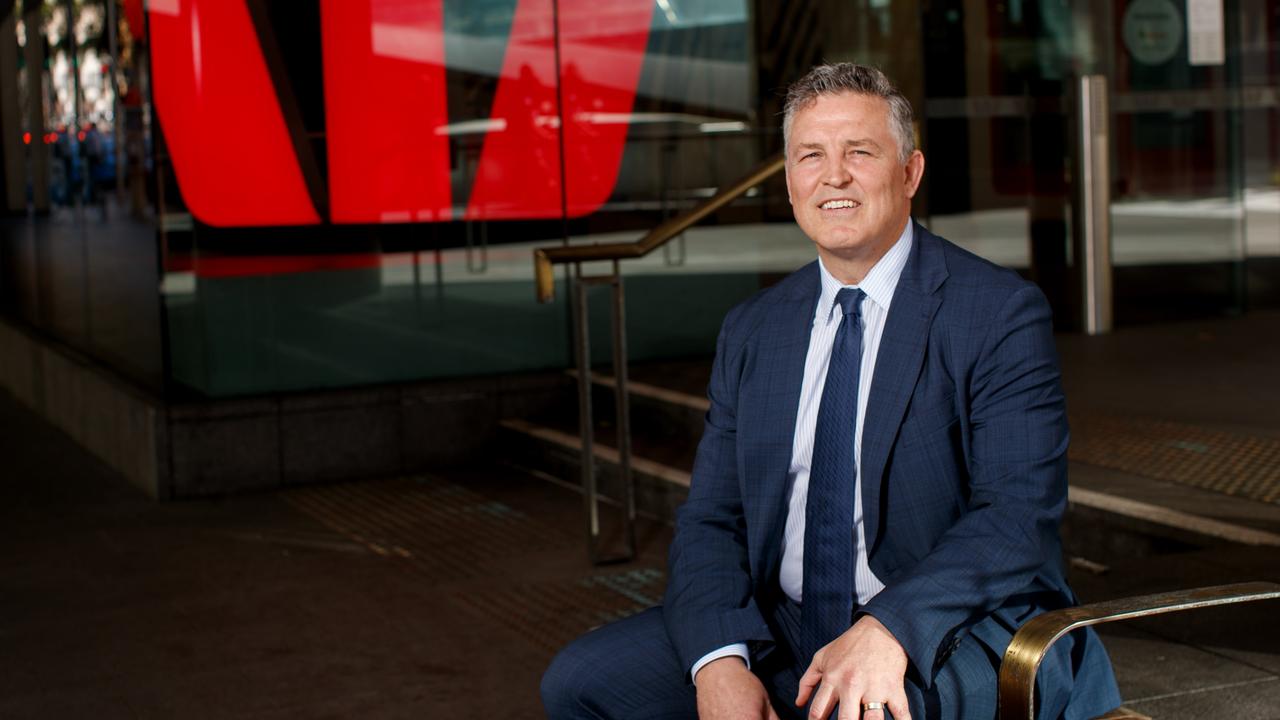
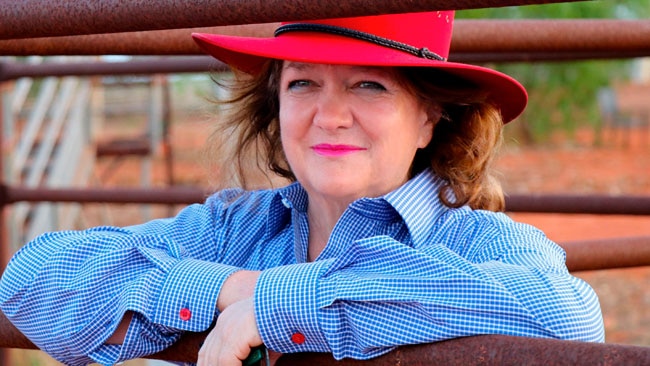
To join the conversation, please log in. Don't have an account? Register
Join the conversation, you are commenting as Logout